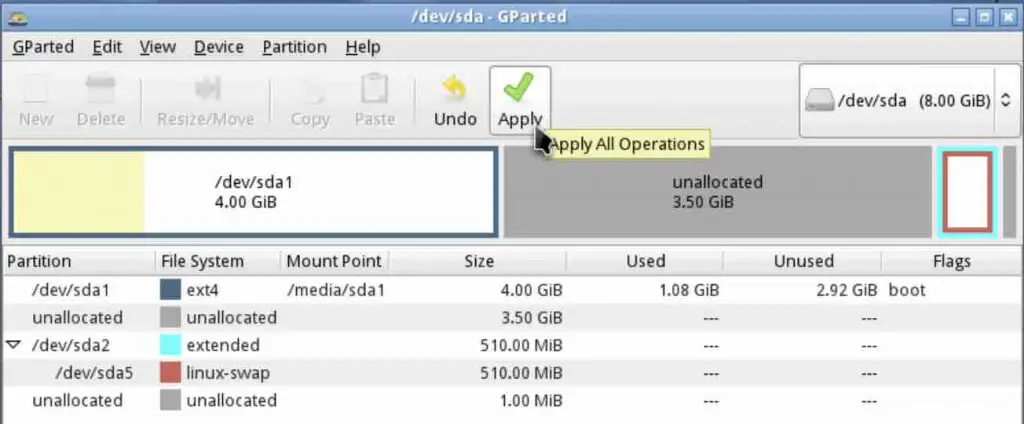

Often a source of confusion, there are only 3 options : If set to "0" file system ignored, "1" file system is backed up.ĭump is seldom used and if in doubt use 0.įsck order is to tell fsck what order to check the file systems, if set to "0" file system is ignored. This field sets whether the backup utility dump will backup file system. Only valid with fstype nfs.įor specific options with specific file systems see: _netdev - this is a network device, mount it after bringing up the network.Equivalent to rw, suid, dev, exec, auto, nouser, async. nouser - Only permit root to mount the filesystem.This automatically implies noexec, nosuid,nodev unless overridden. user - Permit any user to mount the filesystem.suid/nosuid - Permit/Block the operation of suid, and sgid bits.exec / noexec - Permit/Prevent the execution of binaries from the filesystem.dev/nodev - Interpret/Do not interpret character or block special devices on the file system.You must explicitly mount the filesystem. noauto - The filesystem will NOT be automatically mounted at startup, or when mount passed -a.This is really unnecessary as this is the default action of mount -a anyway. auto - The filesystem can be mounted automatically (at bootup, or when mount is passed the -a option).sync/async - All I/O to the file system should be done (a)synchronously.The credentials file contains should be owned by root.root with permissions = 0400. More permissive options would be dmask=000,fmask=111.įor mounting samba shares you can specify a username and password, or better a credentials file. I advise dmask=027,fmask=137 (using umask=000 will cause all your files to be executable). ntfs/vfat = permissions are set at the time of mounting the partition with umask, dmask, and fmask and can not be changed with commands such as chown or chmod.defaults = rw, suid, dev, exec, auto, nouser, and async.This relates to when and how often the last access time of the current version of a file is updated, i.e. You can find a discussion of relatime here. Ubuntu 8.04 and later uses relatime as default for linux native file systems. You may use "defaults" here and some typical options may include : Options are dependent on the file system. ntfs, ntfs-3g - used for ntfs partitions.In general auto is used for removable devices and a specific file system or network protocol for network shares. Auto will attempt to automatically detect the file system of the target file system and in general works well. You may either use auto or specify a file system. You may use any name you wish for the mount point, but you must create the mount point before you mount the partition.

The default location is /media although you may use alternate locations such as /mnt or your home directory.


 0 kommentar(er)
0 kommentar(er)
